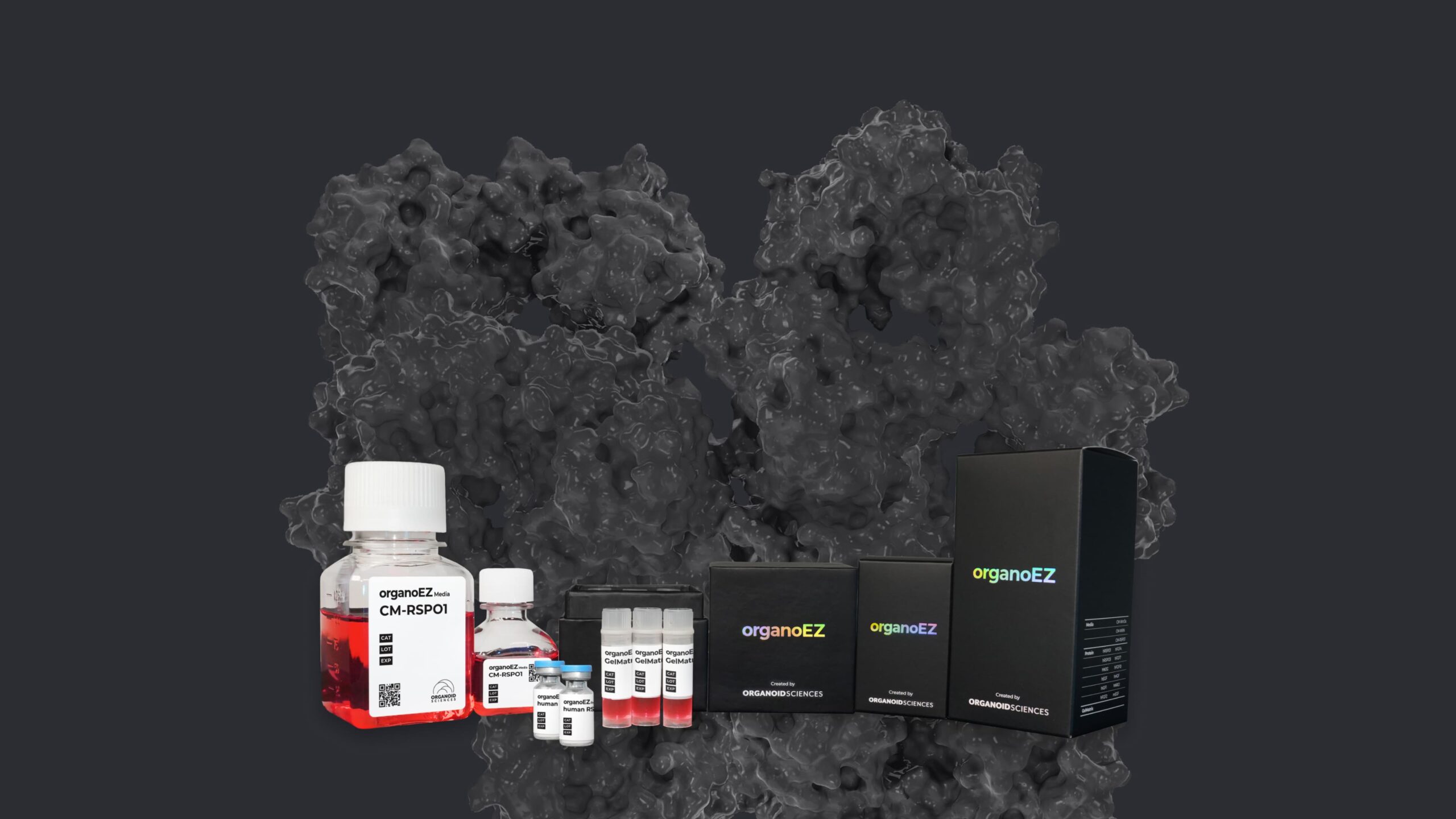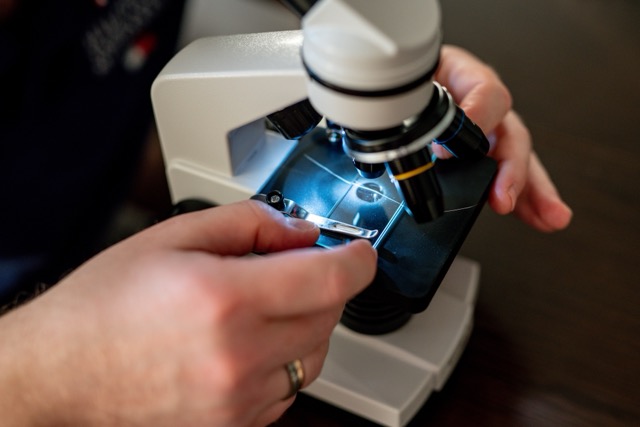I’m Alex from the AFiB (Animal-Free in Bio) news team at Lambda Biologics. Today, we’re diving headfirst into the realm of animal testing, separating fact from fiction and uncovering the truth behind the myths.
The Five Myths and Truths about Animal Testing
Why use animals in the first place?
- 🧬 Myth: Humans and animals are worlds apart.
- 🌍 Fact: There are striking similarities between humans and animals. For instance, chimpanzees share over 99% of DNA with us, while mice share more than 98%.
Which animals are being used?
- 🐭 Myth: Cats, dogs, and primates are the animals most used in research.
- 🔍 Fact: Approximately 95% of animals used for medical and scientific inquiry in the U.S. are actually rodents, like rats and mice.
Don’t we have enough alternatives?
- 🔬 Myth: Animal testing is obsolete with non-animal alternatives.
- 🛠️ Fact: While we’re making strides in developing alternatives, modern methods haven’t quite replicated the intricate interactions of living biological systems provided by laboratory animals.
Aren’t animal testing strictly regulated?
- 🌍 Myth: Animal testing is conducted with strict oversight and regulation worldwide, ensuring the humane treatment of all research animals.
- 📊 Fact: Shockingly, up to 90% of animals used in U.S. labs aren’t even counted in official statistics. Talk about a hidden reality 👀
After all these years, isn’t Animal Testing reliable?
- ❌ Myth: Animal testing reliably predicts human responses.
- 💊 Fact: Over 90% of items tested on animals fail human clinical trials. A stark reminder of the complexity of human biology.
Were you surprised by any of the facts above?
Let’s continue our journey towards a more harmonious future, driving positive change for both humans and animals alike!
Keywords: Animal testing, animal free initiatives, save the raccoons






